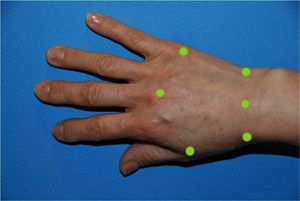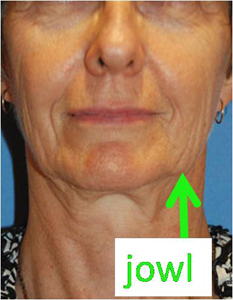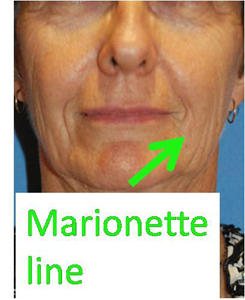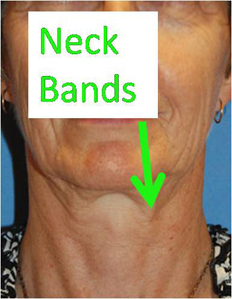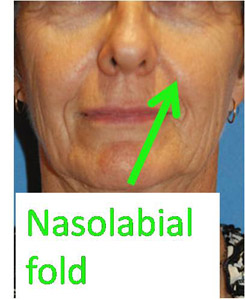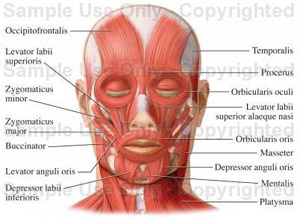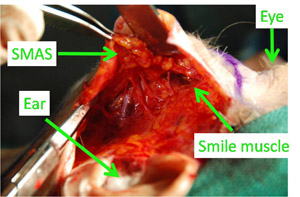Aging is in a large part due to a volume loss within the face. As we age we lose fat within our face, our bones get smaller and our skin thickness goes down too. A simple way to look at it is that we change slowly from a grape to a raisin. Resurfacing in my opinion should always be done after you volumize or reshape a certain area. This is more applicable to more permanent or semi permanent filling and reshaping procedures such as face lifting and fat grafting to the face. But I generally follow that same principle even with Facial Fillers. Many times you will find that you will need to do less resurfacing after these more permanent procedures and semi permanent procedures. Also after these reshaping procedures, the wrinkles are less prominent and also respond better to resurfacing procedures like chemical peels and laser resurfacing because more of the surface becomes exposed.
Thanks for reading, Dr Young
Dr Young specializes in Facial Plastic and Reconstructive Surgery and is located in Bellevue near Seattle, Washington
